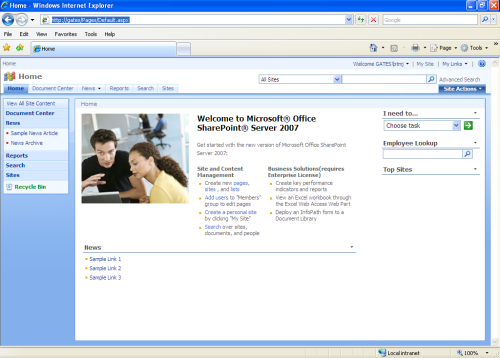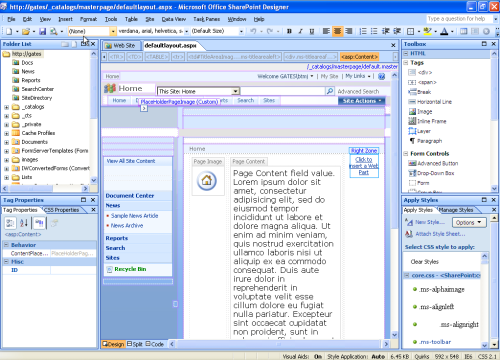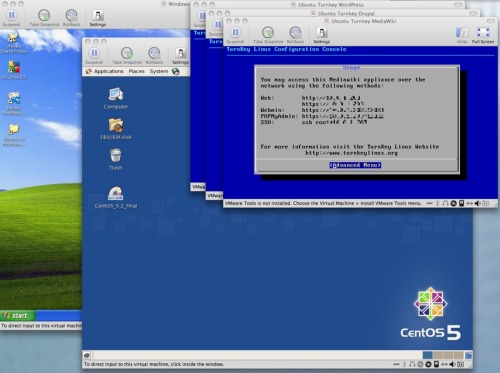Clearly a title like “Whatever Happened to Knowledge Management?” is going to catch my eye. In this WSJ piece, Thomas Davenport sheds some light on the present state of affairs for KM, and touches on some interesting points about SharePoint:
The technology that organizations wanted to employ was Microsoft’s SharePoint. There were several generations of KM technology—remember Lotus Notes, for example?—but over time the dominant system became SharePoint. It’s not a bad technology by any means, but Microsoft didn’t market it very effectively and didn’t market KM at all.
and something quite prevalent in my world (you may have heard of this “big data” thing):
KM never incorporated knowledge derived from data and analytics. I tried to get my knowledge management friends to incorporate analytical insights into their worlds, but most had an antipathy to that topic. It seems that in this world you either like text or you like numbers, and few people like both. I shifted into focusing on analytics and Big Data, but few of the KM crowd joined me.
In my view, one thing is certain: there is tremendous value locked in the heads of employees, hiding in content of all types, and waiting to be found in large data sets.
Enterprise tools of all kinds, from content management to search to analytics, are continuing to evolve. The increasing demands of global competition are driving a more collaborative workforce.
Regardless of wether we continue to label efforts to unlock that value as knowledge management, they will remain important.
Long live knowledge management.


